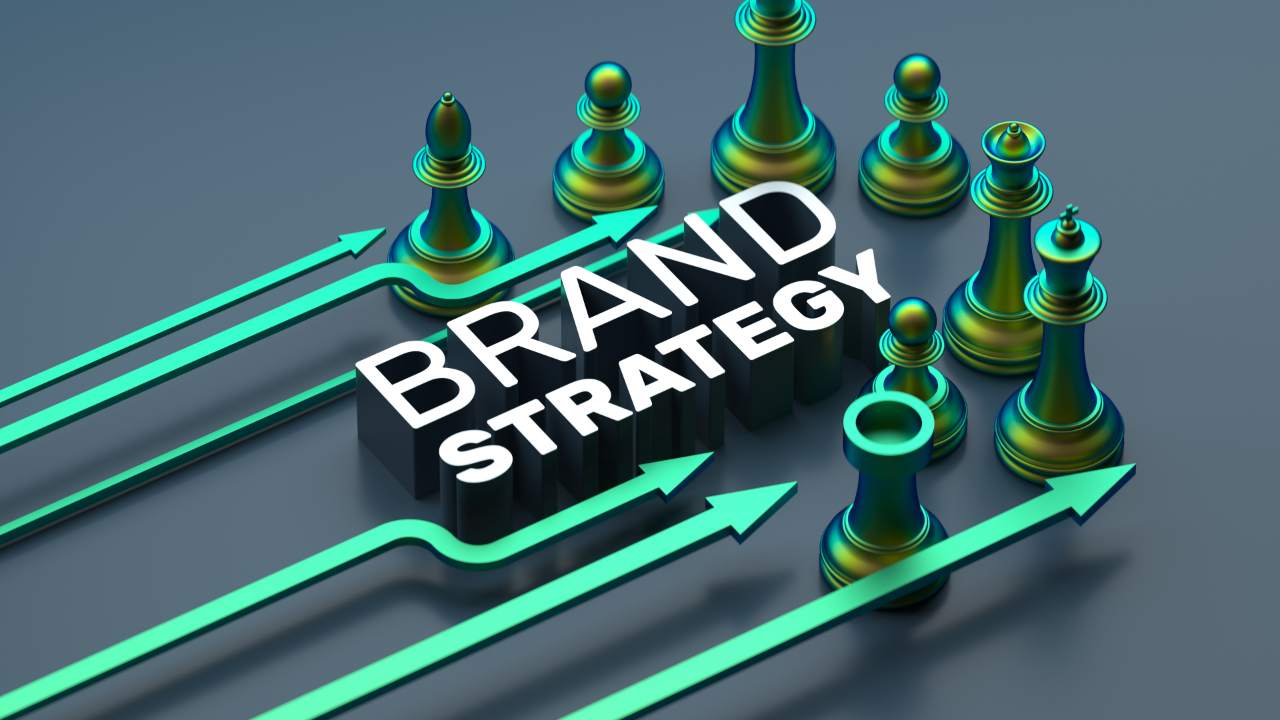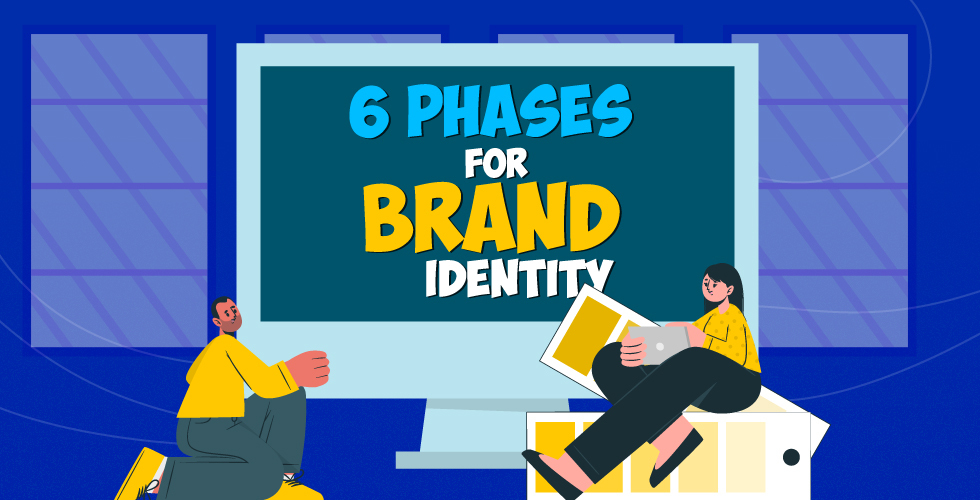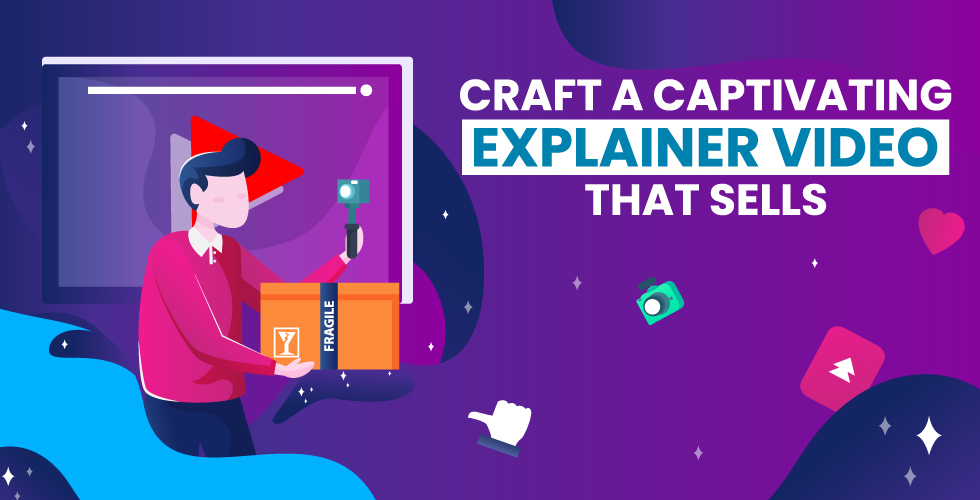Creating an effective brand identity and visual components is crucial for business success in today’s highly competitive global marketplace. Studies show that customers form opinions about new brands within 10 seconds so that first impression must align with the company’s core business goals and desired brand personality.
This article provides an overview of the structured branding process stages and key activities involved in developing a cohesive and strategic brand.
Following a methodical branding framework enables companies to shape consistent brand messaging and experiences across touchpoints. It also ensures that the visual identity and assets resonate with the target audience while differentiating the brand from competitors.
What is Branding?
Branding is the process of creating a distinctive and enduring brand identity that shapes customer perceptions of a product, company, or service. An effective brand serves as a crucial touchpoint for establishing connections and familiarity with consumers in the target demographic.
At its core, branding involves defining the business goals, personality, promise, and essence of an organization. It brings this purpose and character to life through strategic development of recognizable visual components and assets. These typically include the company logo, color palette, typography, messaging, and other tangible design elements that visually communicate the brand to external audiences.
Powerful branding ensures consistency across the diverse touchpoints people interact with, whether a website, social media, advertisements, packaging, promotions, etc. Cohesive presentation cultivates brand awareness and shapes how people perceive and emotionally relate to an organization. The result is a clearly differentiated brand identity that stands out from competitors.
Thus branding and brand identity design play a foundational role in anchoring the company’s core vision and enabling connections to form between businesses and consumers. It distills complex ideas into symbolic and instantly recognizable representations that spark enduring affiliations and loyalty. Following structured branding techniques shepherds companies through essential phases to arrive at this crystallized synthesis.
What is the Brand Designing Process?
The branding process provides a structured approach to building, launching, and managing a brand. It outlines the key phases and activities required to develop an impactful brand identity and strategy.
The purpose is to shape how consumers perceive and connect with a brand. This involves deep exploration and research to determine the target audience, optimal brand position and personality. Strategic planning then defines the core brand promise and elements like logo, visual identity and messaging.
Next, the brand identity and assets are created. After thorough testing and validation, the brand is launched through coordinated touchpoints. The process continues with ongoing brand building to drive awareness, engagement and loyalty.
Effective branding requires methodical progress through each stage. Rushing or skipping steps risks doughy strategy and execution. Backtracking to fix such issues is very costly. Therefore, companies should devote themselves to fully completing the branding process in order to launch a differentiated, consistent, and magnetic brand.
The process enables orchestrating the customer journey and touchpoints around the brand’s purpose. When done right, it ignites meaningful emotional connections and standalone recognition that propels preference and sales.
Stages of Brand Designing Process
The branding process is a multifaceted marketing approach involving investigation, brainstorming, analysis, strategic thinking, project management, creativity, design, development, testing, launching, and maintenance. It comprises six key stages:
- Brand Research
- Brand Strategy
- Brand Identity
- Brand Tools
- Brand Launch
- Brand Building.
1. Brand Research
It all starts with a thorough exploration of the company. Brand strategists take several key actions in this phase, including examining the current market position, delving deep into the target audience, analyzing competitors, and investigating the brand’s potential direction. Additionally, they research stakeholders’ needs to build a comprehensive overview of the brand, conducting a thorough brand audit.
The outcome of these actions is crucial for the team to achieve several objectives. It helps in clarifying the vision, goals, and values of the company. The team can then craft a precise positioning statement and gain a deep understanding of the company’s mission, brand values, personality, and Unique Selling Proposition (USP). Moreover, this process allows the team to define the strengths and weaknesses of the brand and identify potential opportunities.
Only after completing this thorough research and compiling a wide-ranging report can the brand agency transition to the next stage – the development of the brand strategy.
2. Brand Strategy
Developing a brand strategy stands out as the pivotal phase in the brand design process, an indispensable step that no one can afford to overlook. This phase serves as the compass, charting the course and laying the foundational bricks for the brand framework. It is not a one-time endeavor; instead, revisiting this stage is highly advisable, especially for companies engaging in rebranding initiatives.
The primary objective of this crucial phase is to precisely define and showcase the direction a company should take for growth, scalability, the realization of its potential, and the fulfillment of its core mission. The team actively assesses the company from both the customers’ and the company’s perspectives, diligently seeking the optimal equilibrium between these two crucial stakeholders.
During this stage, the agency meticulously constructs a design brief, a document that elucidates critical aspects of the brand framework. These include the vision, purpose, target audience, competition analysis, brand value, promise, and proposition, brand personality, emotion range, and brand positioning. Additionally, the brand strategy phase identifies ultimate, short-term, and long-term goals, while also outlining specific rules and guidelines. This comprehensive approach ensures that everyone involved is aligned with the company’s aspirations, whether it involves building a new brand or undertaking a rebranding effort.

3. Brand Identity
Visual identity serves as the primary tool for implementing your brand strategy effectively. It transforms the company’s values, vision, and unique personality into tangible elements that customers actively engage with. These concrete components elicit a range of emotions, establishing a robust foundation for cultivating meaningful relationships with clients.
During this pivotal stage, a digital agency is tasked with crafting various essential elements, including the name, logotype, typeface, patterns, icons, color scheme, mascot, tagline or catchphrase, message, imagery, personality and style, brand voice, business collateral, advertising, packaging, and a comprehensive stationery suite encompassing business cards, flyers, brochures, notebooks, and even customized mugs and pencils featuring the company’s emblem.
Collaboration is integral during this phase, requiring active involvement from both the agency and the company. The agency endeavors to create a design that not only mirrors the company’s personality, goals, and visions but also resonates effectively with the intended target audience. Simultaneously, the company’s input and feedback are crucial in refining the design to achieve the optimal result.
4. Brand Tools
In your brand process, the visual identity package is just one tangible outcome. There are other crucial deliverables that fuel engagement, boost traffic, convert visitors to leads, and drive revenue. These assets also play a key role in enhancing your brand’s visibility and achieving marketing objectives.
Depending on your goals and strategy, you might need to create components like a website, blog, video or YouTube channel, social media accounts (Facebook, Twitter, Instagram, Pinterest), digital newsletters, industry-related conference presence, awards programs, books, research projects, and a business development toolkit. This toolkit, at a minimum, includes a company and services description, a video overview, and signage. These elements collectively contribute to a comprehensive brand presence and outreach.
It’s essential to recognize that the outcomes of your brand design process go beyond a visual identity package. They serve as powerful tools to propel your brand forward, aligning with your goals and strategy to achieve meaningful engagement and success in the market.
5. Brand Launch
In the brand launch, a pivotal moment unfolds in the company’s history – eagerly awaited, yet not the final phase. Initial steps involve implementing the new brand identity, spanning from a single day to several months. It all starts with meticulous roll-out planning, categorized into internal and external launches, based on scope and strategy.
Brand experts advise commencing with an internal launch, announcing the brand within the company and conducting staff training. This primes your team to align with your vision, fostering a well-educated workforce capable of effectively communicating your brand ideology to customers.
Subsequently, the external launch takes center stage, exposing the new brand identity to the market. Whether a single impactful event or a series unfolding organically, the duration varies based on strategy and market preferences. Crucially, the external launch centers on customers, emphasizing a targeted message delivery to make a lasting first impression, capturing attention and ensuring a memorable debut.
6. Brand Building
Brand-building is an ongoing journey; the brand launch is just the start. The market is dynamic, and staying relevant means adapting to evolving audience preferences. To meet new standards, consider incorporating assets like TikTok videos or Instagram promotions, and discard outdated approaches such as Tumblr posts. Refresh your strategy by tweaking proven methods.
This phase involves collaborating with a digital marketing agency for crucial activities:
- Develop SEO strategy.
- Create Social Media campaigns.
- Run email campaigns.
- Launch Paid Advertising (PPC).
The primary goal is to guide your company through challenges and solidify a robust brand framework. This ensures your brand stays resilient in a constantly changing landscape.
Incorporate Animation with Branding
Incorporating Animation with Branding is a strategic move that brings a host of benefits to your brand. Animation adds a dynamic and visually appealing layer to your brand identity, making it more memorable and engaging for your audience.
The inherent versatility of animation allows for the seamless communication of complex ideas, creating a lasting impact. The fluidity and creativity of animated content can convey emotions and messages in a way that static elements may struggle to achieve. This visual storytelling potential not only captivates your audience but also enhances brand recall.
The addition of animation in branding serves as a powerful tool to set your brand apart, leaving a lasting impression on your target market.
Utilizing the expertise of experienced animation studios, such as 10 Studio, ensures that your brand benefits from the innovative and captivating potential of animated visuals, contributing to a robust and distinctive brand image in the competitive landscape.
Wrapping Up
Executing an end-to-end branding process requires significant strategic planning and creative work, but pays long-term dividends. Each stage builds towards crystallizing an ownable brand identity and experience that resonates with target consumers.
Skilled research, analysis, and design coupled with adherence to branding best practices enable companies to leap ahead. The outcome is a distinctive and consistent brand ecosystem that cuts through the noise to form memorable and meaningful bonds between businesses and patrons.
In conclusion, an investment in methodical branding ultimately saves money and catalyzes growth by elevating preference and loyalty.




